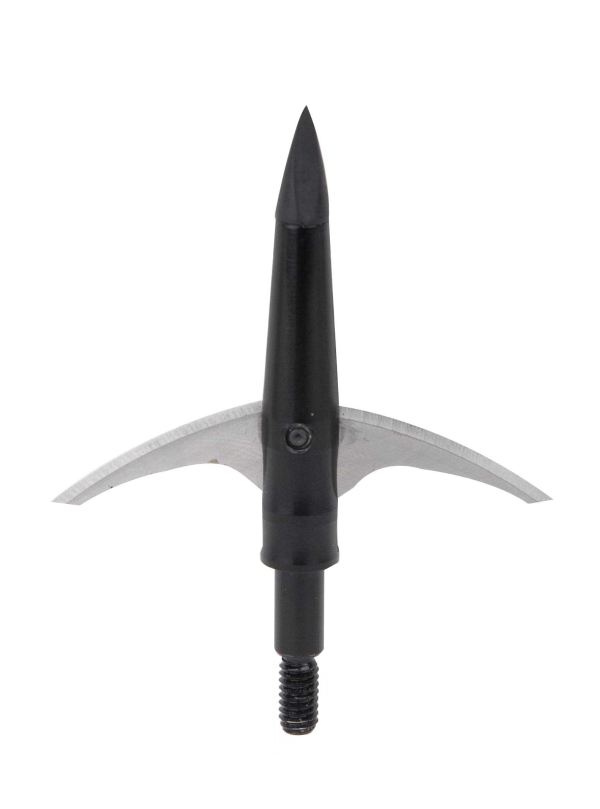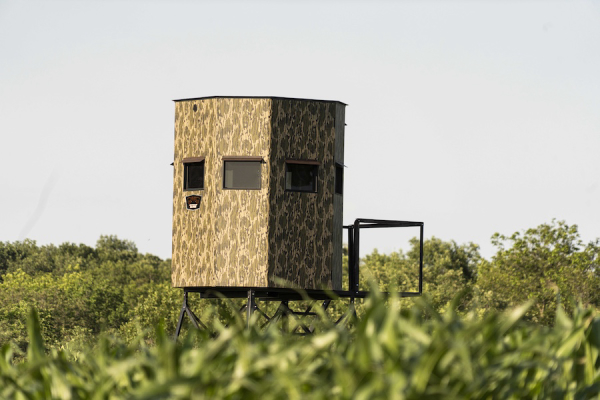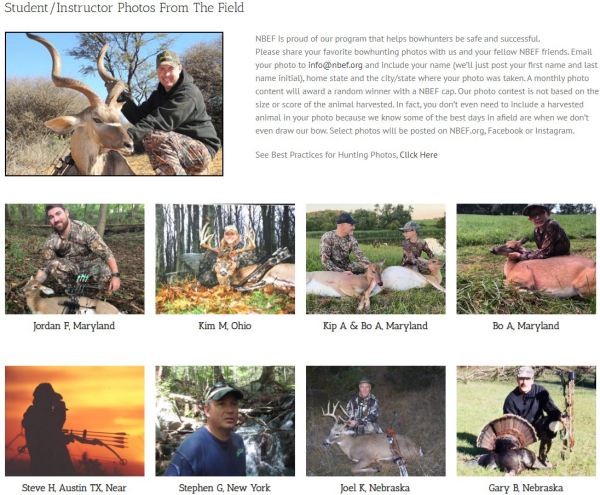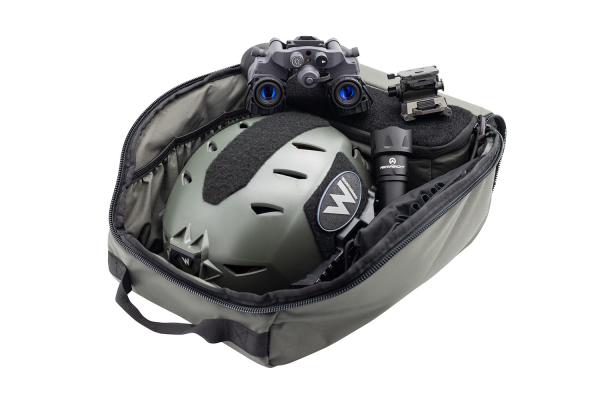— Larry Keane
Keane is Executive Vice President and General Counsel for the NSSF
President Joe Biden’s got a gun problem – one that’s much bigger than the federal charges his son Hunter Biden faces in court.
The surprise terror attacks by Hamas into Israel were made possible, in part, because of U.S. arms left behind in Afghanistan by the Biden administration. Those arms have found their way to another battlefield. Startling images showed Hamas terrorists rampaging through Israeli villages. Some images appeared to show Hamas terrorists armed with U.S.-made military arms. Some of the hundreds of thousands of small arms abandoned to Taliban terrorists in 2021 have been smuggled to Hamas terrorists and were used to kill innocent men, women and children.
President Biden has been myopically focused on stripping gun rights from law-abiding American citizens. Meanwhile, his own failed policies, coupled with diplomatic mistakes, are proving deadly. President Biden has surrendered his authority to wag his finger from Rose Garden lecterns at the firearm industry. His lies that the firearm industry is responsible for illegal international arms smuggling with Mexican narco-terrorists were always untrue. Now, however, the entire world can see. Gun control’s darling president who gave them an office in The White House is America’s largest illicit arms trafficker. His deadly mistakes have cost American lives and hundreds of lives of America’s closest ally in the Middle East and empowered terrorists that chant “Death to America.”
Stage Set
Just a little more than two years ago, President Biden pulled the last U.S. forces out of Afghanistan. Within moments of the last American C-17 lifting off from Kabul International Airport, Taliban forces were seen on international television collecting military weapons – from helicopters and armored vehicles to hundreds of thousands of small arms. One report described the seizure of U.S.-supplied guns as “enormous.” Taliban fighters are swapping worn AK-47s for U.S.-made M-4s and M-16s.
Later reports detailed that The White House left $7 billion in weapons and equipment in the wake of the ill-fated Afghanistan withdrawal. That consisted of 600,000 weapons – including 350,000 M-4 and M-16 rifles, 60,000 machine guns and 25,000 grenade launchers. That’s on top of the 23,825 Humvees in Afghanistan, including armored gun truck variants, and nearly 900 combat vehicles, all of which are in the hands of the Taliban, a terror organization that is the avowed enemy of the United States.
Some of them were used by Hamas terrorists invading from Gaza to kill Israeli soldiers and civilians and used to force hundreds of Israelis into captivity as hostages. As recently as June, Palestinian news agencies admitted that U.S. arms captured by Taliban forces were smuggled into Gaza and were being used by terrorists there. NBC News reported on the illicit arms supply to terrorists in Pakistan in January 2023 and Middle East Monitor reported in June that U.S. and Israeli intelligence were aware that U.S. arms were being carried by terrorists in Gaza. Newsweek also reported in June that U.S. arms seized by Taliban forces were arriving in Gaza, along with U.S.-made missiles reportedly being smuggled back to Iran to potentially supply both Hamas and Hezbollah.
Trading Gun Smuggler
This isn’t the first time President Biden and his gun control allies have been duplicitous when it comes to denying Americans their Second Amendment rights but playing fast-and-loose with supplying arms to sworn enemies, mercenaries and terrorists who target the United States and allies. In October 2022, President Biden made a prisoner swap deal with Russia. In exchange for the freedom of Brittney Griner, a WNBA star arrested in Russia on drug charges, the president authorized his State Department to free Viktor Bout, a convicted international arms smuggler from Russia, also known as “The Merchant of Death.”
Bout is a former Soviet-era military officer who was arrested in 2008 in Thailand by U.S. Drug Enforcement Administration agents in a sting for proposing a sale of tens of millions of dollars to the Colombian narco-terrorist group Revolutionary Armed Forces of Colombia, or FARC. The illicit sale was for $20 million worth of “a breathtaking arsenal of weapons — including hundreds of surface-to-air missiles, machine guns and sniper rifles — 10 million rounds of ammunition and five tons of plastic explosives.”
Bout’s history runs much deeper. He was identified as an illicit arms dealer by the United Nations in 2000. He was moving arms to African warlords, Middle East dictators and Central American narco-terrorist groups. His attempt to arm the FARC was what ultimately put him in prison for charges of conspiracy to kill U.S. nationals, U.S. officers and employees, conspiracy to acquire missiles to destroy aircraft and conspiracy to provide material support to a designated foreign terrorist organization.
Senate Corruption
President Biden’s longtime Capitol Hill gun control ally, U.S. Sen. Bob Menendez (D-N.J.), was just indicted for a corrupt bribery scheme involving, among other things, greasing the skids for small-arms sales to Egypt, which has its own troubled history of support for Hamas terrorists. Sen. Menendez is accused of taking hundreds of thousands of dollars in bribes in cash, gold bars, a Mercedes-Benz C-300 convertible and home mortgage payments.
Sen. Menendez has been a critic of the U.S. Munition List to Commerce Control List (USML-CCL) export reforms that were finalized under the Trump administration that put greater safeguards around defense items and ensured end-to-end verifications for U.S. manufacturers exporting firearms.
President Biden started out his presidential campaign by calling the firearm industry “the enemy.” NSSF said at the time that the comment was appalling. His presidency has focused on demagoguing the industry that continues to support law-abiding Americans who exercise their right to keep and bear arms. This industry equips our law enforcement to keep communities safe and arms our military to protect the United States against enemies. Meanwhile, arms blithely abandoned in Afghanistan are being wielded against U.S. allies.
President Biden has surrendered his moral authority to lecture the firearm industry when he lets arms slip into the hands of terrorists.











